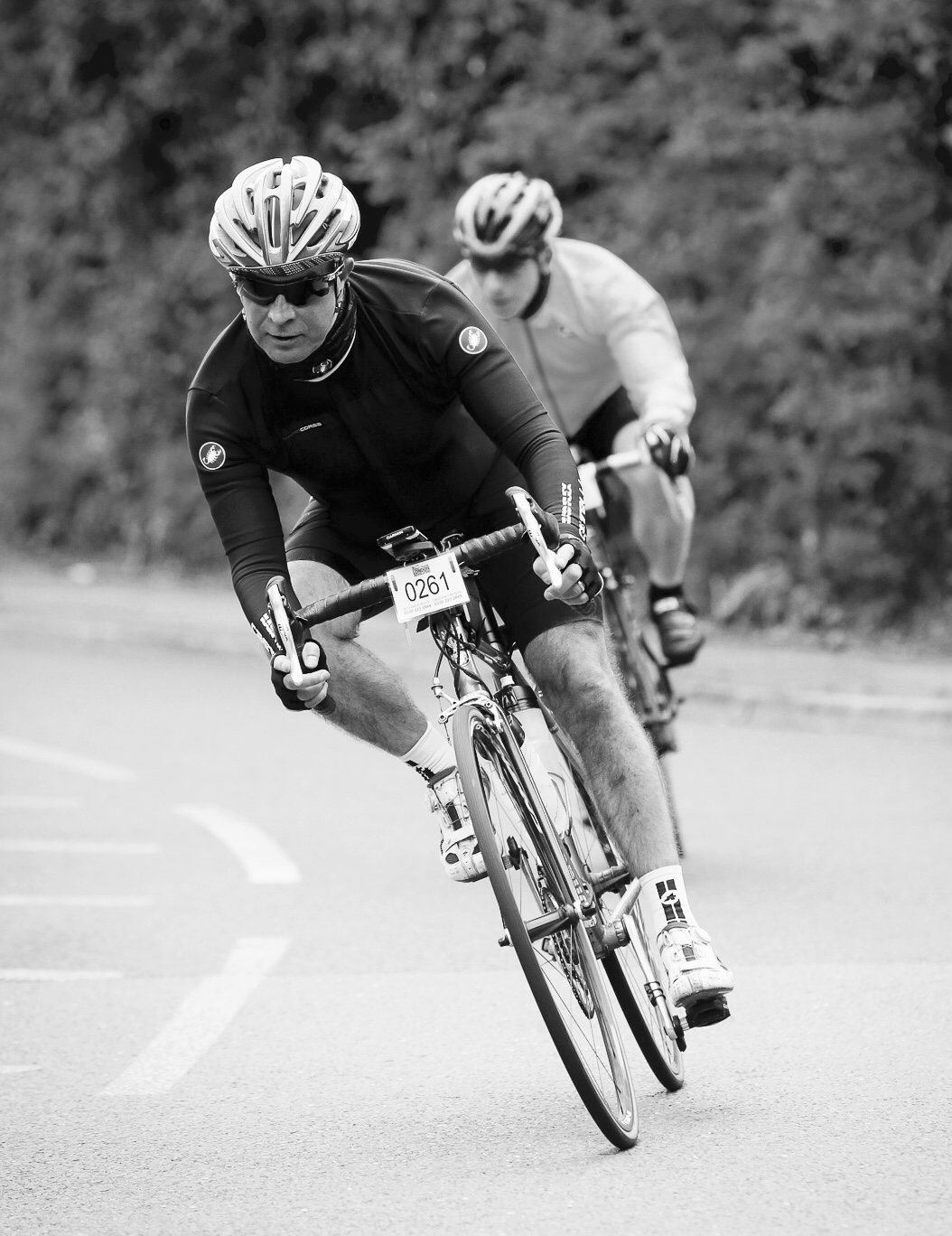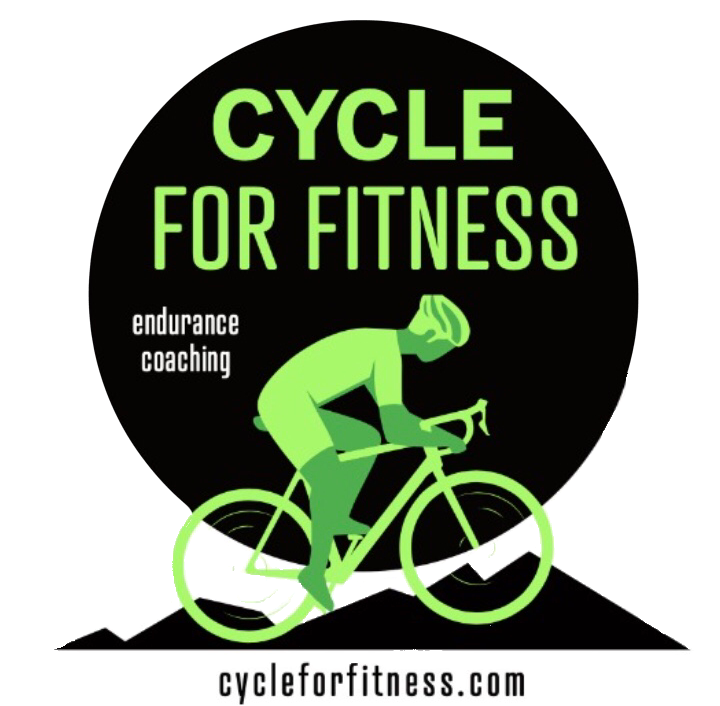A recurring theme that I hear from clients, friends and other cyclists is an obsession about what speed they should be going and how they can get faster.
 Now don’t get me wrong,if you are wishing to be a competitive cyclist, or ride with a club then sure I get it, you need to train to improve your performance, ie to be faster.
Now don’t get me wrong,if you are wishing to be a competitive cyclist, or ride with a club then sure I get it, you need to train to improve your performance, ie to be faster.
But for mere mortals, i.e. those of us that might like to join our buddies on a mid-week ride or Sunday “ride to the cafe” jaunt, or we ride purely with an intent to improve our fitness and wellbeing, by concentrating on speed without understanding the need for the accompanying bike handling skill is tempting fate.
At some point when you least expect it, without good technique, it is highly likely that your confidence in your abilities will exceed your actual competence to handle the situation, with the usual predictable outcomes of costly damage and/or painful injury.
So what type of bike handling skills do we need to master to get the most enjoyment out of riding, keep the rubber on the road, and strangely enough will increase your overall speed. The following is a list of common skills required, and is not meant to be exhaustive:
- Braking: use of the brakes in a progressive manner, knowing when and when not to use your brakes, the differences between the front and back brake and how affect your balance; what do do to prevent and recover from your wheels skidding, at preventing the front wheel “washing away”.
- Cornering : how to safely and optimally approach a corner, using the apex to find the best line through the corner and how to exit the corner such that you are ready for next corners or obstacles. Doing this right will give you significant speed advantages.
- Descending: how to safely descend hills, staying under control to maintain smooth bike handling
- Riding in a Group: riding safely with two or more riders, positioning and drafting
- Pedals; how to smooth out the pedal stroke thereby avoiding “stamping” and strains, plus correct feet positioning and use of cleats, thereby getting more speed for your efforts
- Use of Gears: use of the appropriate gears to maintain smooth progression
- Use of hand signals : notifying other road users of your intentions and warning other riders of obstacles, rough road surfaces, changing your riding line, slowing down and stopping
- Riding Slow: maintaining control and balance of the bike when needing to undertake slow speed manoeuvres
- Riding in Traffic: understanding how to ride safely in traffic, being assertive and controlling your space, maintaining awareness of potential hazards and how to avoid potential issues with other road users (pedestrians,cars, horses, etc).
- Eating/Drinking while riding: how to ride while taking one or both hands off the bars to take a drink from your water bottles or snacks from your jersey pockets. It’s no good being a speed king if you have to stop every time for a slurp of water :-)
How do you learn to master these skills ?
- Recently the UK Government rebranded the cycling proficiency test (if you can recall them from your thought) into Bikeability training plans that cover the very basics of handling a bike (in a playground) to more complex road awareness training. However it is basic.
- If you are looking for something more advanced, the most common route is to join a club and get instruction from the more senior members, but...
- If you are not ready or willing to join a club then there are a lot of videos on sites such as YouTube from organisations such as GCN that will give you the basics but that can only help so far.
- Other means are to sign up to a cycling “bootcamp”...there are plenty in Spain and Mallorca for instance, however from my experience these are primarily targeting the club and competitive rider....if you can’t keep up then you are assigned to a “social group” which maybe highly enjoyable, but is not there to teach you technique.
- The best therefore is to work with a cycling coach. There are a couple of options:
- The first is a fitness coach. This type of coach usually offers online coaching which requires you to sign up a programme; you may or may not actually ever meet the coach as the focus is on structured workouts and post activity advice to ensure your fitness increases without you suffering high levels of fatigue, or preparing you for a particular cycling event.
- The second type of coach is more of a conventional instructor, i.e. observes your techniques and provide guidance on how to improve your bike skills and eliminate bad habits. This can be either individually or as a group. British Cycling base their coaching model on this type of instruction, going from basic techniques that you would learn in a safe, off-road environment (for example a school playground) to specific techniques for road, MTB, track, downhill, etc to the elite programmes aimed to get talent onto Olympic podiums.
- A much newer type is the hybrid coach. This type focuses on fitness, but also offers individual or group rides to help improve technique. This is the model offered by Cycle For Fitness, ie primarily fitness focused, but also providing advice on our blogs, and options for accompanied rides to help with the techniques that will make you safer and improve basic bike handling skills.
With any of these options, make sure that the person coaching you is accredited to a national organisation such as British Cycling and has public liability insurance.
If you’d like to talk these options through with us, please get in contact, or just reply to this post.
Segura ciclista!
Grant
